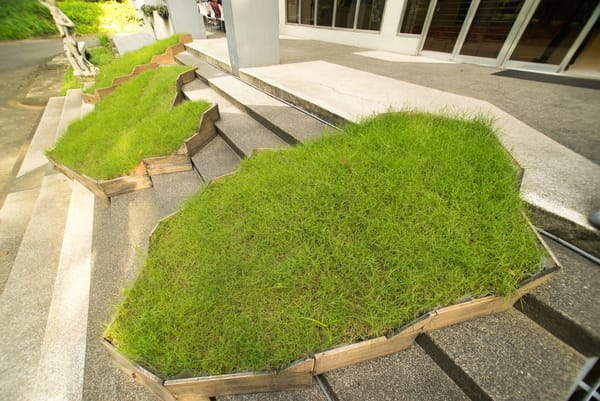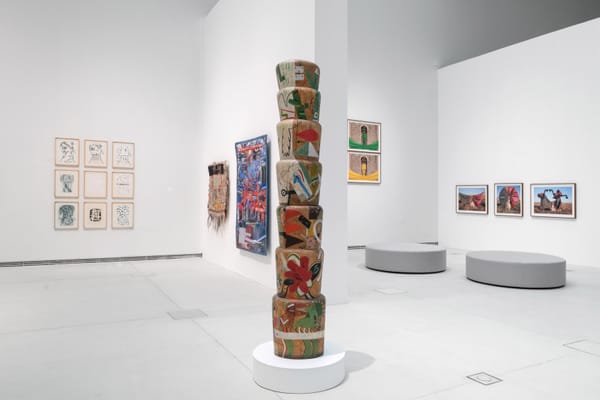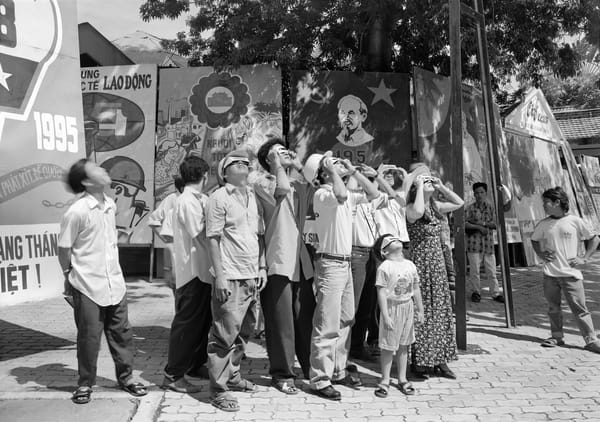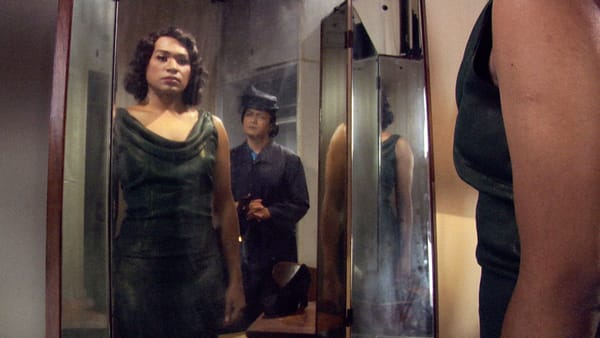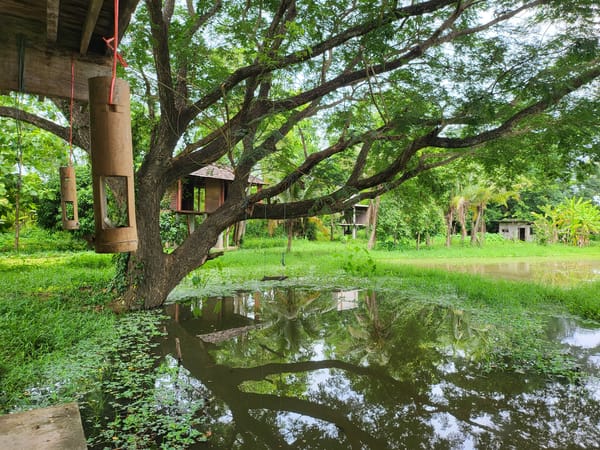Issue
One on One: Ella Wijt on Doris Salcedo
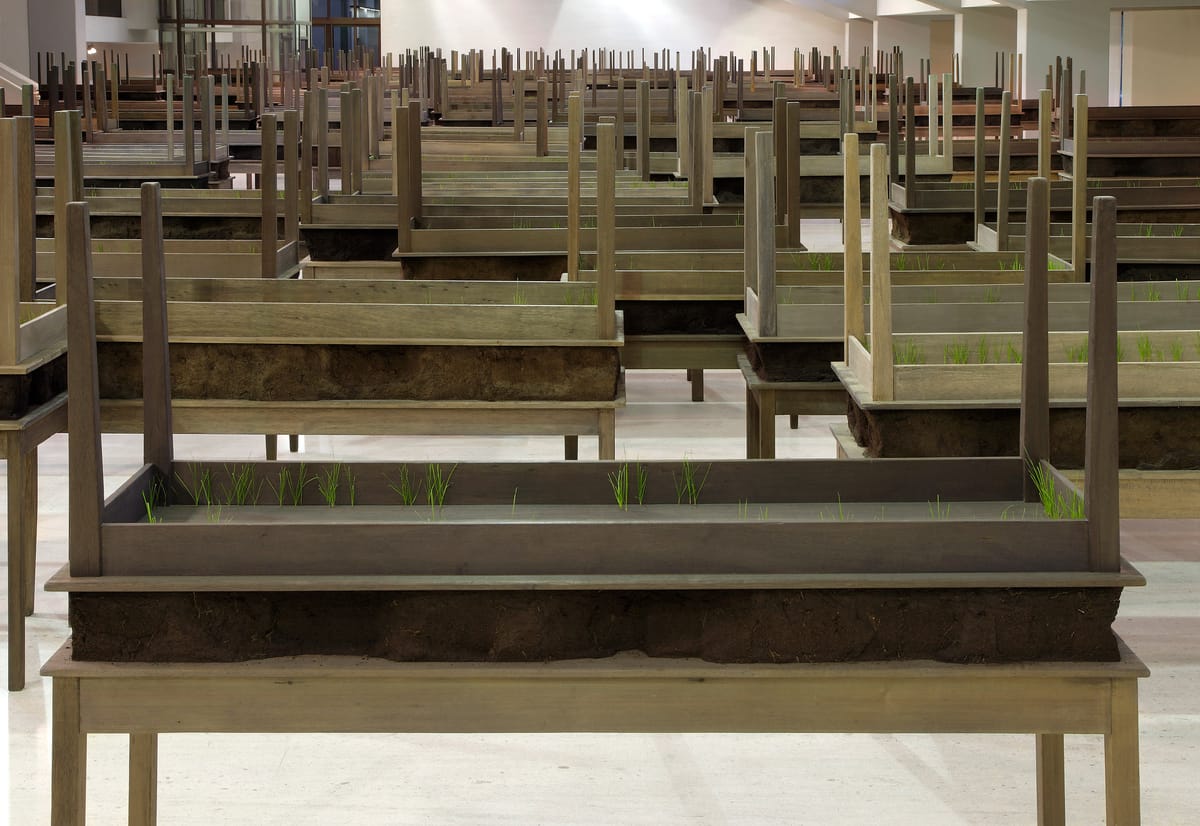
It was during the summer of 2015, just following my graduation, that I first encountered the work of Colombian-born artist Doris Salcedo at the Museum of Contemporary Art, Chicago. Her show was on the fourth floor, the last one I visited in the museum that day. Before stepping foot into the exhibition, I had no idea it was about to change the course of my practice.
At the time, as an Indonesian living in the US, I felt constantly challenged. I had difficulties grasping the language, mannerisms, and context of discussions in my social life and classes. I forced myself to endure these trials in order to survive and create with honesty. It was not easy, and I often felt small. Perhaps these experiences played some part in my deep response to Salcedo’s work.
Upon entering, I was greeted by Plegaria Muda (2008–10). The work comprises long, narrow wooden tables, each covered with a thick layer of soil and held in place by identical, overturned tables that had been placed on top. Bright green blades of grass sprouted from crevices in the upended tabletops and pushed toward the light. I remember immediately feeling sad, but also captivated, moved, and overwhelmingly humbled. I did not yet know the context of the work, but I felt a strong resonance.
As I moved through the exhibition, I learned that Plegaria Muda meant “silent prayer,” and that Salcedo had dedicated the installation to victims of gang-related shootings in Los Angeles, as well as to rural youths murdered by the Colombian army. I was stunned by how Salcedo had managed to translate these stories with her chosen materials, and how she had created something so powerful and universally relatable.
It was hard for me to move on to the next work, but I knew I had to see the show in its entirety. Salcedo’s works did not allow me to easily pass by. They told a story of absence. They asked me to mourn, to be with them, to honor their stories of origin, and to carry their history within as I moved among them. I found myself sobbing through the entire exhibition; my heart was stirred, shaken, ripped apart, and then healed.

